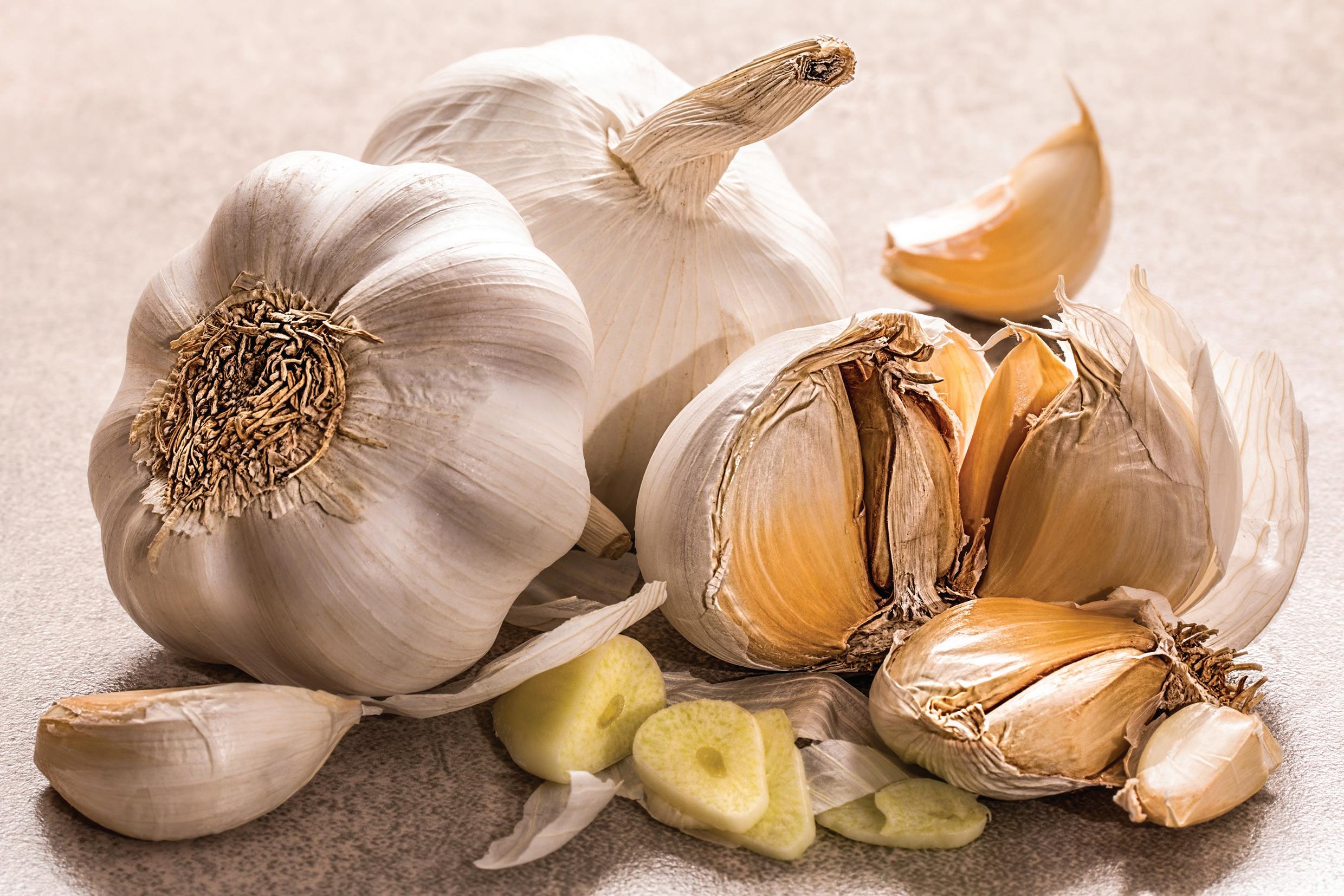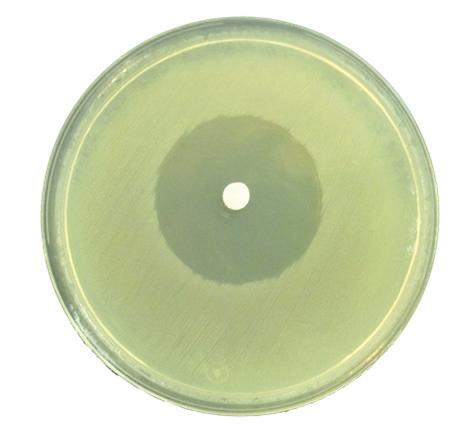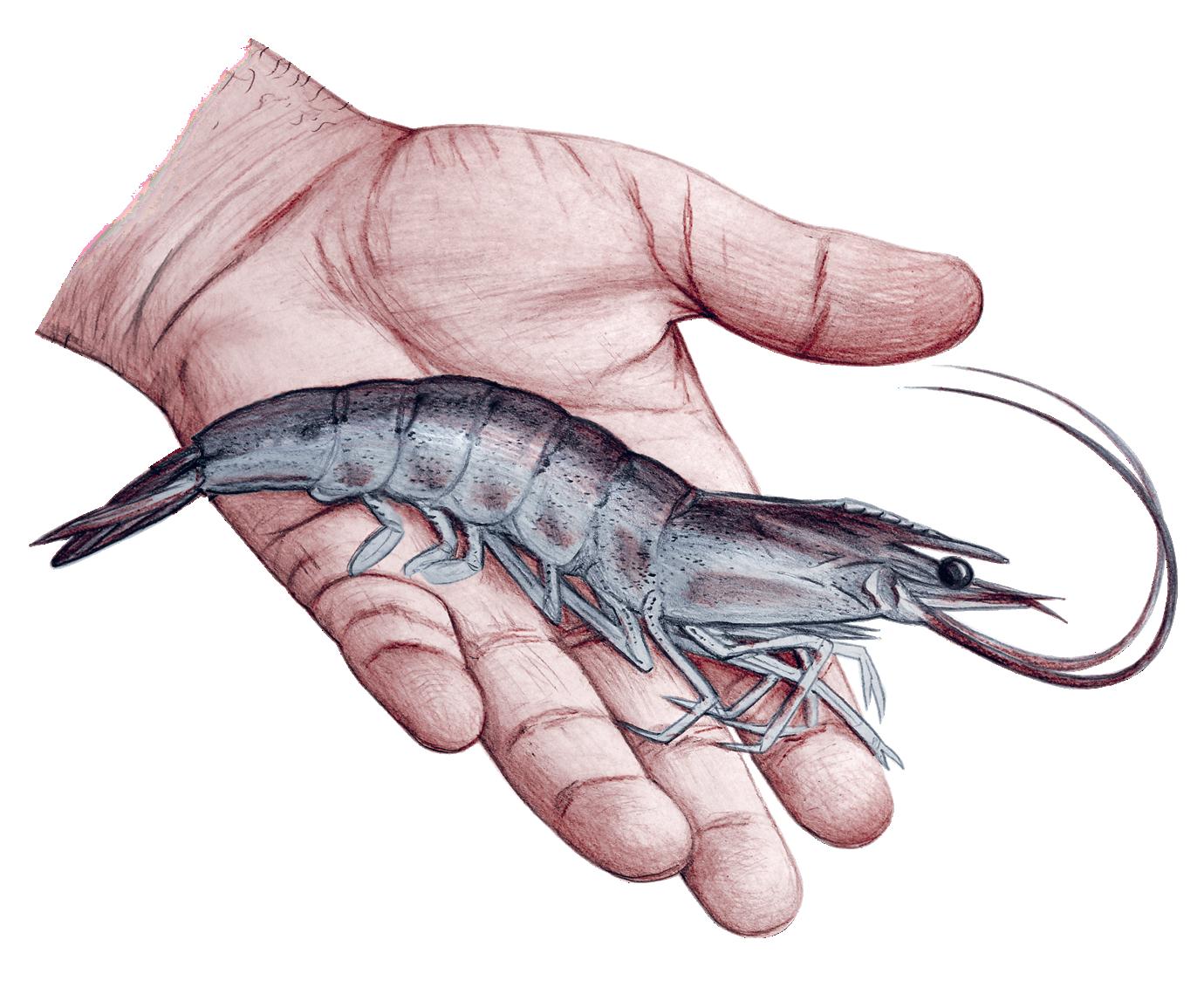
7 minute read
Natural feed additive improves health conditions in the aquaculture business
Juan M. Alfaro, Felipe Almendras, Enrique Guillamón, Alberto Baños, DOMCA SAU, Greenvolution, DMC Research Center
Aquaculture has recently become one of the fastest-growing segments of the livestock industry in response to the decline in the number of animals caught by traditional fishing. However, while this sector continues to prosper and grow, fish farmers and feed manufacturers today face complex challenges in aquaculture.
The intensive culture of fish generates a stressful physiological environment leading to the suppression of the immune system and susceptibility to infectious diseases. Moreover, the presence of xenobiotics in aquatic environments has been considered an inducer of different diseases and undesirable effects in aquatic life. Diseases are now a primary constraint to the culture of many fish species, impeding both economic and social development in many countries.
For decades, chemotherapeutic agents, such as antibiotics, antiparasitics and disinfectants were
used to prevent and control fish diseases. However, today consumers demand farmed fish raised under welfare conditions and have increasingly stressed high food quality and safety standards in the absence of concomitant pollutants, antibiotics and carcinogens. Traditional use of antibiotics and other chemotherapeutics in fish culture has been criticized because of their potential development of antibioticresistant bacteria, environmental pollution and the accumulation of residues in fish tissues.
Feed additives as substitutes of antibiotics Since the European Union ratified a ban in 2006 on the use of all subtherapeutic antibiotics (Regulation 1831⁄2003⁄EC), scientists and industry have intensified efforts to identify and develop safe dietary supplements and feed additives that enhance the health and immune system of farmed fish. In this
Target microorganisms tested Yersinia ruckeri Lactococcus garvieae Aeromonas salmonicida Flavobacterium onchorhynchi Photobacterium damselae Vibrio anguillarum Lactococcus piscium Vagococcus salmoninarum Aeromonas piscicola Piscirickettsia salmonis Saprolegnia parasitica
AQUAgarlic TM Active ingredients (µg/ml)
10 100 5 50 10 30 100 1,5 5 30 50
Table 1. Minimum Bactericidal Concentration (MBC).
Figure 1. Growth inhibition halo of AQUAgarlic™ against Vibrio anguillarum.

sense, probiotics, prebiotics, plant-derived natural compounds (phytogenics) or bacteriophages have been shown as potential substitutes for the use of antibiotics in aquaculture.
Phytogenic feed additives, known as PFAs, are substances of plant origin added to animal diets known to have a range of bioactive properties. Herbs, spices, essential oils and plant extracts all serve as source for bioactive compounds. Among them, organosulfur compounds from Allium spp. have been reported to promote health status, with a positive influence on the microbiota, intestinal health and immune system. These compounds have also shown beneficial effects as growth promoters and appetite stimulants, as well as antimicrobial properties in fish culture, enhancing fish health, food safety and quality while conserving the aquatic environment.
In recent years, the R&D department of the Spanish company DOMCA SAU, has been working on the development of natural origin additives to help fish farmers and feed producers improve the quality and performance of their products. This work shows the in vitro antimicrobial effectiveness of organosulfur compounds derived from Alliaceae plants (included in the product AQUAgarlic™, DOMCA SAU) against pathogens of interest in aquaculture, and also the in vivo efficacy after the addition of these compounds to the diet in the form of feed supplement.
Material and methods To evaluate the antimicrobial activity in vitro, the Minimum Bactericidal Concentration (MBC) by broth microdilution method was used as recommended by the National Committee for Clinical Laboratory Standards (CLSI, 2012). Decreasing concentrations of AQUAgarlic™ were prepared, in dilutions 1:2, and inoculated with the different bacterial strains at final concentration of approximately 10 5 CFU/ ml. Target microorganisms tested were; Yersinia ruckeri, Lactococcus garvieae, Aeromonas salmonicida supbsp. salmonicida, Flavobacterium onchorhynchi, Photobacterium damselae subsp. damselae, Vibrio anguillarum, Lactococcus piscium, Vagococcus salmoninarum, Aeromonas piscicola, Vibrio algynoliticus, Streptococcus agalactiae, Piscirickettsia salmonis and Saprolegnia parasitica obtained from several Culture Collection (ATTC, CECT, DSMZ). All assays were made in duplicate.
The evaluation of the effectiveness of AQUAgarlic™ in vivo was carried out with infection challenges measuring the percentage of survival against Aeromonas salmonicida, Lactococcus garvieae and Yersinia ruckeri in rainbow trout (Oncorhynchus mykiss). After ten days of acclimation, fish were fed with diets including AQUAgarlic™ for 15 days, after which they were infected intraperitoneally using a dose of 10 5 CFU/ ml. Non-infected groups were inoculated with sterile saline to simulate management stress conditions in the control fish. After infection, mortality was counted daily in each experimental group during the duration
of the trial (12-20 days post-infection). Rainbow trouts, weighing an average of 20 g, were distributed using a two by two design generating four experimental groups for each challenge: - Group 1. Non-infected trout with standard diet. - Group 2. Non-infected trout supplemented with 0.5 Kg/Tn AQUAgarlic™, in feed. - Group 3. Infected trout with standard diet. - Group 4. Infected trout and supplemented with 0.5 Kg/Tn AQUAgarlic™, in feed. Results MBC was established between 5 and 100 µg/ml for all pathogenic microorganisms tested (Table 1). The results showed a significant antimicrobial activity against all the tested strains, with growth inhibitions ranging from 10 to 90 mm in the halo diameter (Fig. 1).
The in vivo trials (Fig. 2) showed an increase in survival of the animals infected and fed with a supplemented diet including AQUAgarlic™, having survival rates of 60.5%, 96.0% and 99.3% for the infected groups that received the treatment against Y. ruckeri (Figure 2a), A. salmonicida subsp. salmonicida (Figure 2b) and L. garvieae (Figure 2c). In comparison, the untreated infected groups showed survival rates of, accordingly, 11.1%, 51.0% and 33.3% for each of the above pathogens. The RPS (Relative Percent of Survival) of AQUAgarlic™ supplemented groups were 55,57%; 91,84% and 98,95% respectively. VITALIS
Maximum vitality for offspring

www.skretting.com
Discussion Diseases caused by aquatic organisms are a great challenge in aquaculture systems. Bacterial diseases are usually controlled using vaccines or antibiotics. However, consumers demand a minimum or zero use of antibiotics for farmed fish and the World Health Organization (WHO) also requests a rational use of these substances in the livestock industry to decrease the resistance to antibiotics in humans. The aquaculture industry is actively seeking to decrease the use of antibiotics and PFAs are a great option that complements and boosts the effects of vaccines.
The results obtained reveal the potential benefits in the use of AQUAgarlic™ to improve fish health and survival through its inclusion in the feed. The functionality of its active ingredients, based on organosulfur compounds from garlic and onion, has been extensively reported by different scientific studies. The broad-spectrum antimicrobial activity of these natural compounds against grampositive and gram-negative bacteria, fungi and yeasts, is particularly remarkable. Furthermore, these metabolites from Allium plants have also demonstrated excellent modulating properties of the immune response and intestinal microbiome, improving the animal physiological status and preventing the outbreak of infectious processes.
Piscirickettsia salmonis is a relevant disease agent in the salmon industry in Chile, which explains the large majority of the use of antibiotics in this industry. Vaccines help partially, but alternative therapies from natural compounds that may replace the use of antibiotics are required. Furthermore, fungal diseases in fish are also a common cause of using bath treatments with formalin, salt or other chemotherapeutants to prevent or treat fungal infections caused by agents of the Saprolegnia family. Environmental restrictions are limiting the use of these bath treatments, so the use of natural products through feed seems to be a promising alternative that may help protect the fish and the environment.
Our results show that some important challenges of the aquaculture industry, like the high mortality rates associated to Piscirickettsia salmonis and Saprolegnia parasitica, can be reduced using bioactive compounds from Allium plants. Therefore, the product AQUAgarlic™, which includes these compounds, could be used as a natural alternative in fish feed for the prevention and treatment of infectious diseases in aquaculture. However, it is necessary to encourage doing more in vivo trials to validate the use of their compounds as green alternatives to improve fish health while taking care of the environment.

Figure 2. In vivo survival against Y. ruckeri (a), A. salmonicida subsp. salmonicida (b) and L. garvieae (c). u Control (non-infected fish); Control diet (infected fish); l Diet supplemented with 0.5 kg/Tn of AQUAgarlic™ (infected fish).
More information: Juan M. Alfaro Senior Technical-Commercial Manager DOMCA SAU, Spain E: juan.alfaro@domca.com






